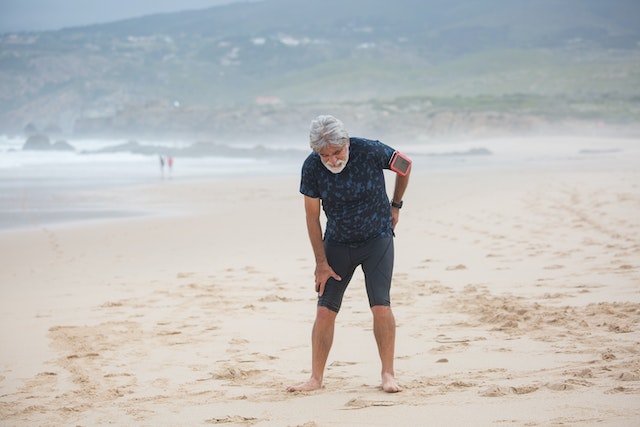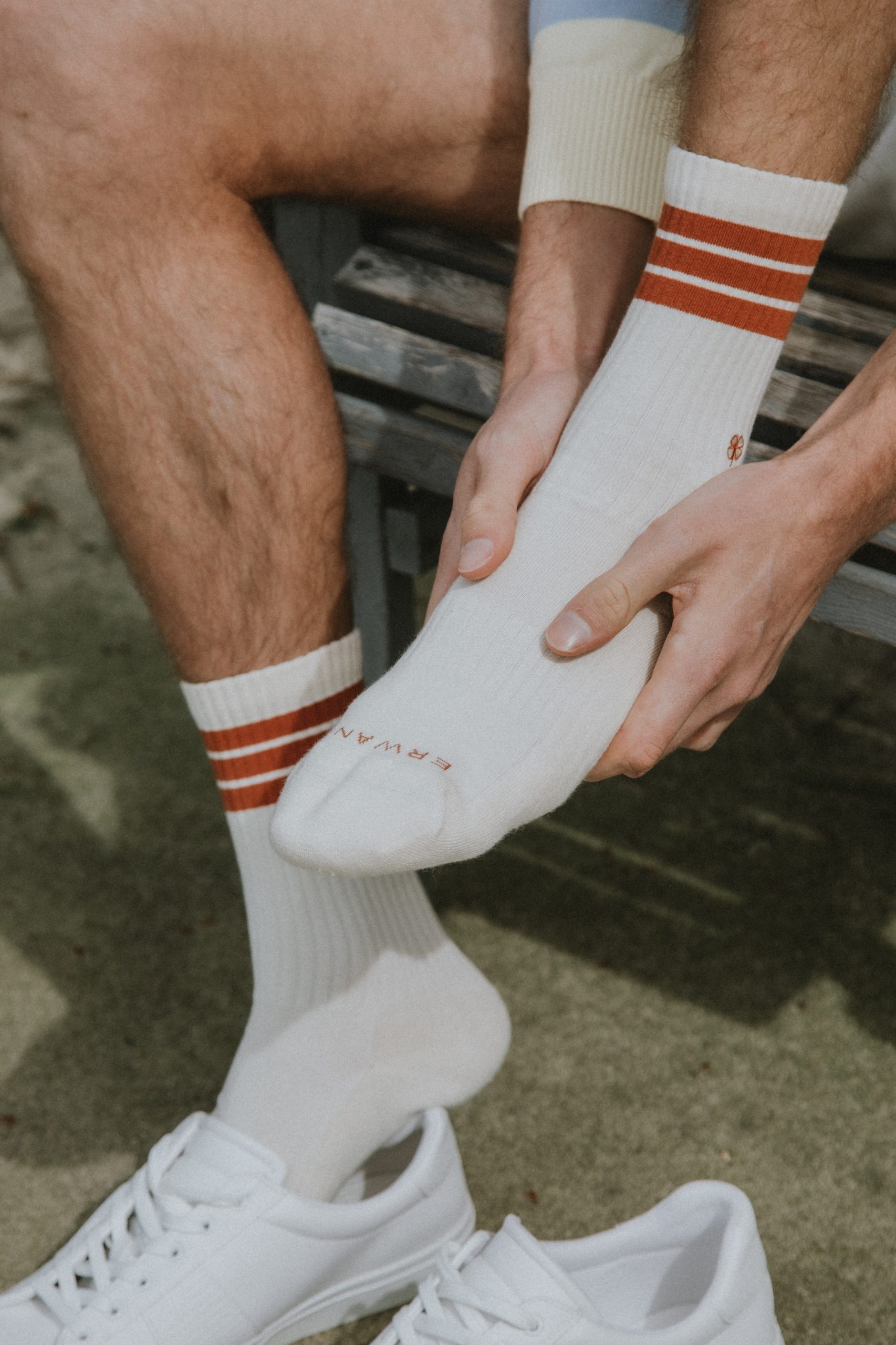When you think of exercise, you may associate it with physical fitness, weight management, or even mental well-being. But did you know that exercise also plays a surprising role in pain relief? Science has revealed a fascinating connection between exercise and pain perception, offering a new perspective on managing and alleviating discomfort. Let’s dive into the science behind this intriguing link.
1. Endorphins and Natural Pain Relief: One of the key mechanisms behind exercise’s pain-relieving effects lies in the release of endorphins. Endorphins are chemicals produced by the brain that act as natural painkillers and mood boosters. During exercise, physical exertion triggers the release of endorphins, which bind to specific receptors in the brain, leading to feelings of euphoria and pain reduction. This natural pain relief mechanism can help alleviate various types of pain, including muscle soreness, joint discomfort, and even chronic pain conditions.
2. Gate Control Theory: Another theory explaining the pain-relieving benefits of exercise is the Gate Control Theory. According to this theory, engaging in physical activity can activate large-diameter nerve fibers, which transmit non-painful signals to the brain faster than the smaller fibers responsible for pain signals. As a result, the increased activity of the large fibers essentially “closes the gate” to pain signals, reducing their transmission and diminishing the perception of pain. This theory suggests that exercise can effectively modulate pain by altering the gate control system in our nervous system.
3. Anti-Inflammatory Effects: Inflammation is a common underlying factor in many painful conditions, such as arthritis and certain injuries. Regular exercise has been shown to have anti-inflammatory effects on the body, which can help reduce pain associated with inflammation. Exercise activates anti-inflammatory pathways in the body, leading to a decrease in pro-inflammatory substances and an increase in anti-inflammatory molecules. By reducing inflammation, exercise can provide relief from pain and contribute to improved overall well-being.
4. Improved Muscle Strength and Function: Strengthening and conditioning the muscles through exercise can have significant benefits for pain management. Stronger muscles provide better support to the joints, reducing stress and strain on them. This can be particularly beneficial for individuals with conditions like back pain or osteoarthritis. Additionally, exercise helps improve muscle flexibility, joint range of motion, and posture, which can alleviate pain and enhance overall physical function.
5. Psychological Factors: The impact of exercise on pain perception goes beyond physiological changes. Engaging in regular physical activity can have positive effects on mental well-being, including reduced stress and anxiety. Psychological factors play a crucial role in pain perception, as stress and negative emotions can amplify pain signals. By improving mental well-being through exercise, individuals may experience a reduction in pain intensity and a better ability to cope with discomfort.
It’s important to note that when incorporating exercise for pain relief, it’s essential to consider individual circumstances, existing health conditions, and consult with healthcare professionals. They can provide personalized recommendations and guidance based on your specific needs.
In conclusion, science has uncovered a surprising connection between exercise and pain relief. The release of endorphins, modulation of pain signals through the Gate Control Theory, anti-inflammatory effects, improved muscle strength and function, as well as the psychological benefits of exercise, all contribute to its ability to alleviate pain. By incorporating regular physical activity into your routine, you may experience a reduction in pain intensity, improved overall well-being, and a better quality of life. So, lace up your sneakers, listen to your body, and embark on a journey towards pain relief through the power of exercise.











